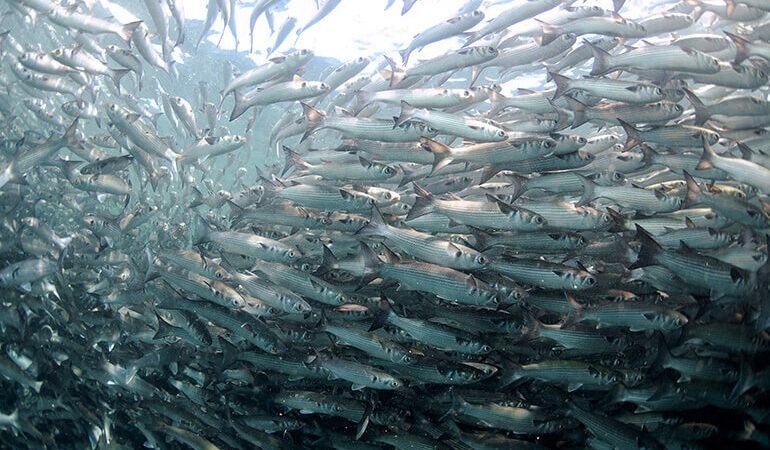
Domke, on the biggest wave ever skimboarded. Photo: YouTube
As far as fins go, less is more. At least to a small cadre of free-thinking, side-slipping pioneers like Rob Machado, Ryan Burch, Tom Curren and Brad Domke, the madman who whips into macking Puerto Escondido on a skimboard. But why should they have all the frictionless fun? You too can slide your way to bliss. But how to start? We put that very question to Domke, because who better to ask? It was the 27-year-old Floridian who got Curren interested in surfing on skimboards. (Look closely and you’ll see Curren rides a Domke-model Exile skimboard, modified to his own specs.) He’s willing to school you, too. Slide in and listen.
Here’s Domke, ignoring a few pieces of his own advice found in this article:
1. Grab a skimboard.
Domke’s a huge fan of skimboarding because, unlike many finless surfboards, they allow you to sink the rail. “Skimboard rails are designed to hold — that’s the fin,” he says. “You’re going to feel the most response out of them.” The tradeoff is the lack of volume, which makes paddling one akin to swimming on a cereal box. For this reason, catching waves is trickier and skim-surfers need to sit far inside of where conventional surfers sit. The lack of volume is what led Curren to retrofit a Domke model skimboard with a layer of foam. (Curren also eventually added a thruster fin setup.)
On a skimboard, the rider’s back foot is on the tailpad like a fish or shortboard. “It’s more of a skateboard stance. You have more control of the tail with your back foot,” Domke says. Expect to be frustrated on your first attempts, he says, but the effort will pay off. “There’s no better feeling than having something that’s so simple, thin and light. It’s like it’s not even there.”
Domke always takes a skimboard to the beach and travels farther afield. If there are no waves, or even no ocean, you might still find somewhere to skim.
2. Bust out the fin key.
“Any board shape,” works without fins, Domke says. “For a guy that wants to feel that finless sensation, grab any board, take out the fins, catch a wave and spin around.” If you lack his confidence — well, who could blame you for lacking the nerve possessed by a guy who surfs Puerto on a skim? If so, for your maiden finless voyage consider a foamboard alaia, a finless Catch Surf, or stripping a normal foamboard of its fins. And be patient: “More than likely you won’t be shredding the first time,” Domke says.
On any finless surfboard or alaia, keep your feet together and your center of gravity very low, Domke says. Bend the knees and hips deeply and crouch, otherwise you’ll feel like Bambi walking on ice. One more thing: “Don’t grab the water with your back hand just yet because you’ll start spinning.”
3. Surf small, mushy, empty waves.
Regardless of your board choice you’ll need to seek out the right conditions. For first-timers, that means flat, open-faced waves or weak pointbreaks up to 3 foot. “Grab yourself some fun little mushy waves,” Domke says. “Look for the nearest longboarding wave.” And make sure it’s empty. Especially at first, you’ll probably be out of control. But also, you’ll want to sit in the exactly the right takeoff spot (particularly of importance on a skimboard) and not hassle with anyone. Long waves are good, but finless boards have a knack for sliding into virtually any ripple, so even the tiniest, junkiest waves can be fun.
When possible, find waves that stand up out the back but stay flat as they roll inside. “Any wave that’s like a bombie, that jacks up in deep water” and flattens out, Domke says. You can always pull a J.O.B. and step off a longboard, which allows you to set up really early for hollow sections down the line, Domke says.
Domke, stepping off:




Recent Comments